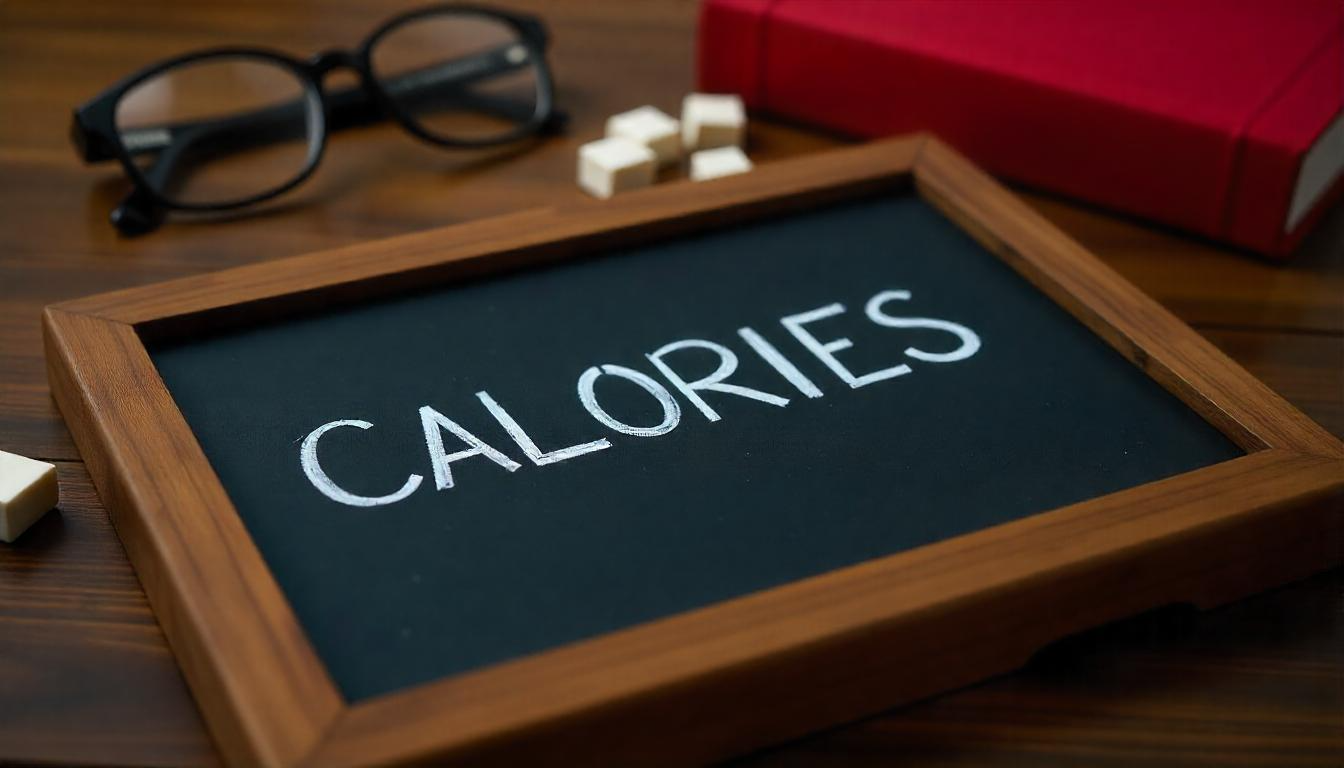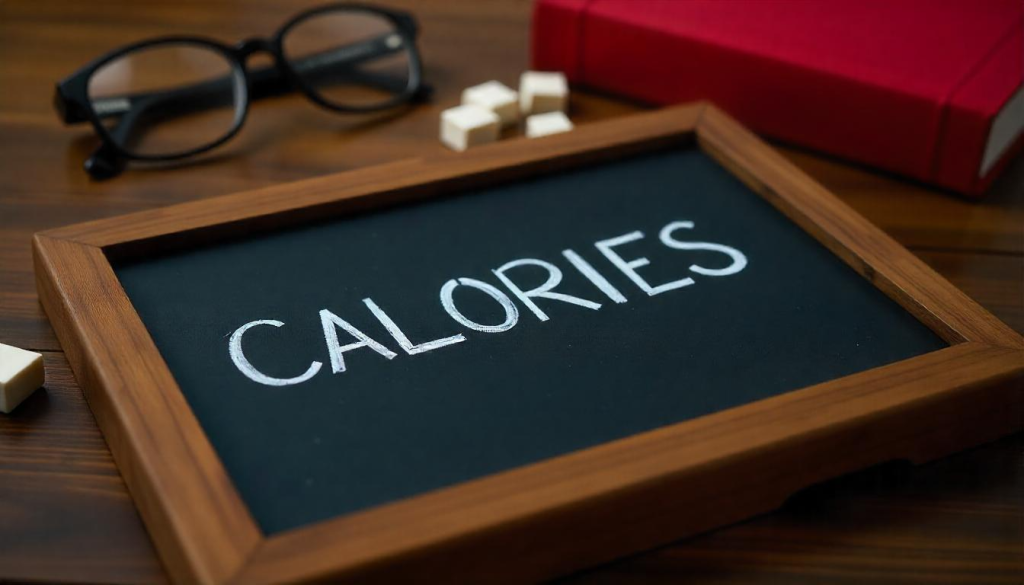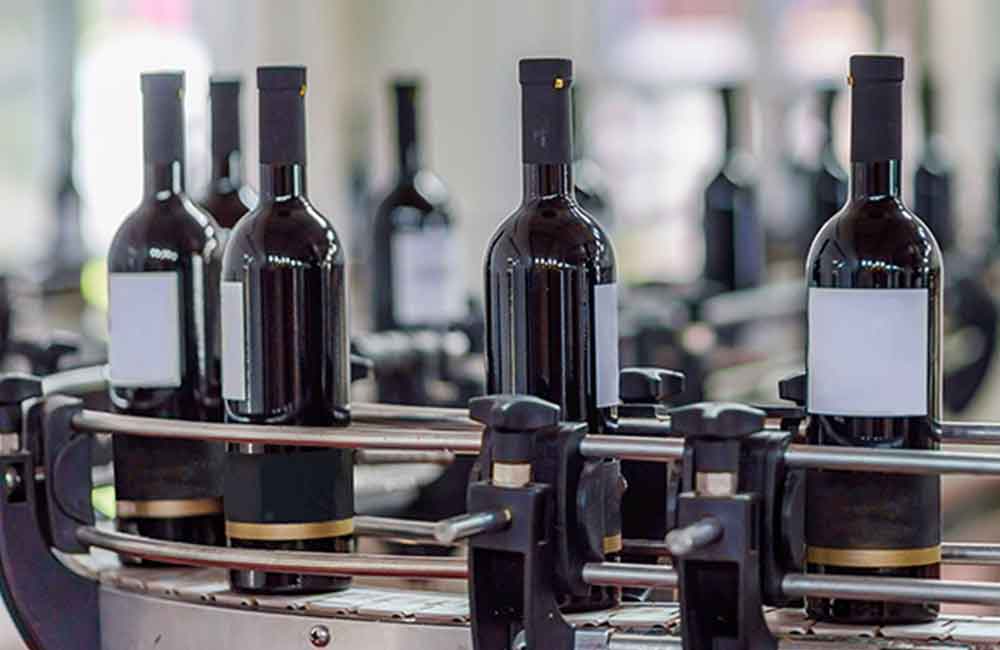
Calculating Energy Values for
EU Wine Labels: A Step-by-Step Guide
With the European Union’s recent shift towards increased transparency in food and beverage labeling, wine producers are now required to disclose the energy content on their labels. This regulation, which took effect in December 2023, means that any wine produced after this date must include accurate energy values on its packaging. This mandate is part of a larger trend to empower consumers with nutritional information, especially as more people consider the environmental and health implications of their purchases.
In this guide, we’ll break down the components of wine that impact its energy values, outline the process for calculating these values, and walk through a sample calculation to ensure you’re fully equipped to meet EU standards.
Table of Contents
Why Are Energy Values Now Required on Wine Labels?
The EU’s focus on labeling transparency stems from its commitment to promoting public health and environmental responsibility. By standardizing how wine producers calculate and display energy values, consumers gain a clearer understanding of what they’re consuming. This helps them make informed choices, whether they’re tracking calorie intake or assessing a product’s environmental impact.
For wine producers, this change presents an opportunity to connect with the modern consumer, demonstrating commitment to transparency, regulatory compliance, and sustainable practices. Here’s how you can accurately calculate and display these values to meet EU standards.
If you are already familiar with the law and are looking for step-by-step information on how to comply, visit our guide on how to use QR codes and e-labels for compliance.

Key Components of Wine That Affect Energy Calculation
When calculating energy values, not every element in the wine contributes to the final count. Only specific ingredients and constituents impact the energy content:
- Alcohol: As the main source of calories in wine, alcohol content significantly influences the energy value.
- Carbohydrates (primarily sugars): Sugars contribute to both the sweetness and caloric content of wine.
- Polyols (such as glycerol): While less impactful than alcohol and sugars, polyols add a modest caloric value.
- Organic acids: Though present in smaller amounts, these acids contribute a small but relevant caloric value.
Notably, proteins, fats, salatrims, and fiber are either absent or present in insignificant amounts in wine. Therefore, these components do not factor into the EU energy calculations for wine.
Conversion Factors for Energy Calculation

The EU provides specific conversion factors for each contributing component to standardize the energy calculation across wines. This ensures that all wines are evaluated with a consistent method, allowing consumers to make comparisons between different brands and types. Here’s a look at the conversion factors mandated by EU Regulation 1169/2011:
- Alcohol (ethanol): 29 kJ/g or 7 kcal/g
- Carbohydrates (sugars): 17 kJ/g or 4 kcal/g
- Polyols (including glycerol): 10 kJ/g or 2.4 kcal/g
- Organic acids: 13 kJ/g or 3 kcal/g
These conversion factors apply to both red and white wines, though glycerol and organic acid contributions may vary slightly based on wine type.
Step-by-Step Guide to Calculating Wine Energy Values
Now that you know which components contribute to a wine’s energy value, let’s go through the steps for calculating the energy content that will appear on your wine labels.
Calculating Alcohol Contribution
Since alcohol is the most significant contributor to wine’s energy content, it’s essential to accurately measure and convert its value. Here’s how:
Determine the alcohol by volume (often noted as % v/v) in your wine. This can be done through laboratory testing or through standardized production methods.
Convert % v/v to % w/v (weight by volume) by multiplying it by the density of ethanol (0.789 kg/L). This conversion gives you the grams of alcohol per 100 ml of wine.
For simplicity, you can multiply the alcohol percentage by 23 to get the energy contribution in kJ per 100 ml.
STEP 2: Calculating Carbohydrate (Sugar) Contribution
The sugars in wine are usually measured in grams per liter (g/L). Here’s how to calculate their contribution to the energy value:
Measure the sugar content in g/L. This can be done using enzymatic or reducing sugar analysis, though minor differences in analysis methods generally do not impact the final energy value.
Convert g/L to grams per 100 ml by dividing by 10.
Multiply the grams per 100 ml by 1.7, which is derived from the EU’s conversion factor (17 kJ/g).
This will give you the energy contribution of sugars in kJ per 100 ml.
STEP 3: Calculating Polyol (Glycerol) Contribution
Glycerol is another carbohydrate-like substance in wine that contributes to the energy value, though its impact is relatively modest compared to alcohol and sugars.
Based on standardized data, red wines typically contain 10 g/L of glycerol, while white wines contain about 5 g/L.
This corresponds to 10 kJ per 100 ml for red wines and 5 kJ per 100 ml for white wines.
These values are assumed standard based on surveys and can be added directly to the total energy calculation.
STEP 4: Calculating Organic Acid Contribution
Organic acids, though minor in caloric impact, still need to be accounted for in the final energy value.
Standard levels for organic acids in both red and white wines are 6 g/L, which equates to 8 kJ per 100 ml
Add this standard value to the energy total.

Putting It All Together: Formulas for Red and White Wine
To simplify the process, here are the generalized formulas you can use based on EU standards:
- For Red Wine:
Energy (kJ/100 ml) = {Alcohol % (v/v) x 23} + {(Sugar g/L) x 1.7} + 8 + 10 - For White Wine:
Energy (kJ/100 ml) = {Alcohol % (v/v) x 23} + {(Sugar g/L) x 1.7} + 8 + 5
Once you’ve calculated the energy in kJ per 100 ml, you can convert it to kcal by dividing by 4.18.
Example Calculation: Red Wine
Imagine you’re calculating the energy for a red wine with:
- 14% alcohol by volume
- 12 g/L of sugar
Here’s the step-by-step calculation:
- Alcohol Contribution: 14 × 23 = 322 ~ 322 kJ/100 ml
- Sugar Contribution: 12 × 1.7 = 20.412 ~ 20.4 kJ/100 ml
- Glycerol Contribution: 10 kJ/100 ml
- Organic Acid Contribution: 8 kJ/100 ml
Total Energy Value:
Alcohol contribution + Sugar contribution + Glycerol contribution + Organic Acid contribution
322+20.4+10+8=360.4322 ~ 360.4 kJ/100 ml
To convert to kcal, divide by 4.18
360.4÷4.18 = 86.2360.4 ~ 86.2 kcal/100 ml
This final energy value should appear on the label as 360 kJ / 86 kcal per 100 ml. (Rounded off)

Formatting and Label Placement
EU regulations require that energy values be displayed prominently on the wine label:
- The energy value must appear in both kJ and kcal per 100 ml in that order.
- Use an “E” symbol to signify the energy value based on a 100ml serving.
- The font size should be at least 1.2 mm to ensure visibility.
- If you are using QR Code for nutientional information. The QR code should be at least 13 mm on all sides, but we recommend you for 16 mm on each side for easy scanning.

Even if you are using a QR Code for nutritional information, you will still need some information displayed on the wine label itself: Following information are mandatory on the label:
- Designation of Wine category
- Intolerances and Allergens
- Alcoholic strength by volume
- Indication of Provenance
- In case of Sparkling wines, the name of producer/vendor/bottler.
- Details of Importer only in the case of imported wines
- In case of sparkling wines, sugar content must be stated.
- Date of minimum durability for de-alcoholised wine products with an actual alcoholic strength by volume of less than 10%
- Batch or Lot number
- Net quantity
Leveraging Compliance for Consumer Trust and Brand Value
While compliance is a necessary part of the regulatory landscape, embracing it as a form of transparency can actually enhance brand trust and value. By openly sharing the energy content on labels, wine producers align with today’s consumer preferences for clear, accessible information. For many consumers, knowing the calorie and energy content is part of a broader commitment to mindful consumption.
Conclusion: Simplifying Compliance and Promoting Transparency
Calculating and displaying energy values for EU wine labels is a step toward greater transparency and aligns with evolving consumer expectations. By understanding the key components that contribute to wine’s energy value—alcohol, sugars, glycerol, and organic acids—you can ensure compliance while fostering trust with consumers. Leveraging a standardized approach not only simplifies compliance but also sets your brand apart in a market increasingly focused on transparency, health, and environmental impact. Read more about the Italian packaging regulations.
Stay ahead by embracing this regulatory change as an opportunity to strengthen your connection with consumers, promote responsible consumption, and build a brand that values transparency. We have created step by step process to get started with eWinetag.com.
Related links
- Commission Notice – Questions and answers on the implementation of new EU wine labelling provisions
- Delegated Regulation (EU) 2023/1606 including supplementing rules for the indication of the list of ingredients in wine products
- Wine market observatory
Frequently Asked Questions
What is the new energy labeling requirement for wines in the EU?
As of 2023, wine producers in the European Union are required to provide energy values on wine labels. This includes information on the energy content, measured in kilocalories (kcal) or kilojoules (kJ) per 100 milliliters of wine.
How will the energy values appear on wine labels?
The energy values will appear in a standardized format, including the number of calories (kcal) or energy (kJ) per 100ml of wine. This must be displayed clearly on the back label, along with other nutritional information, to ensure consumers are informed about the product’s energy content.
Do all wines sold in the EU need to display energy values?
Yes, starting in 2023, all wines sold within the EU are required to show energy values on their labels. This applies to both domestic and imported wines.
Why are energy values now required on wine labels in the EU?
The new EU wine labeling regulations aim to provide consumers with clearer information about the energy content of wines. This change promotes transparency and helps consumers make informed decisions about their dietary choices, aligning with broader trends toward healthier living and responsible consumption.
How do energy values on wine labels affect consumer choices?
By showing the energy content on wine labels, consumers can better manage their calorie intake when choosing wines. This is particularly useful for people monitoring their diet or those interested in the nutritional values of alcoholic beverages. It also helps individuals make more informed, healthier choices when shopping for wine.